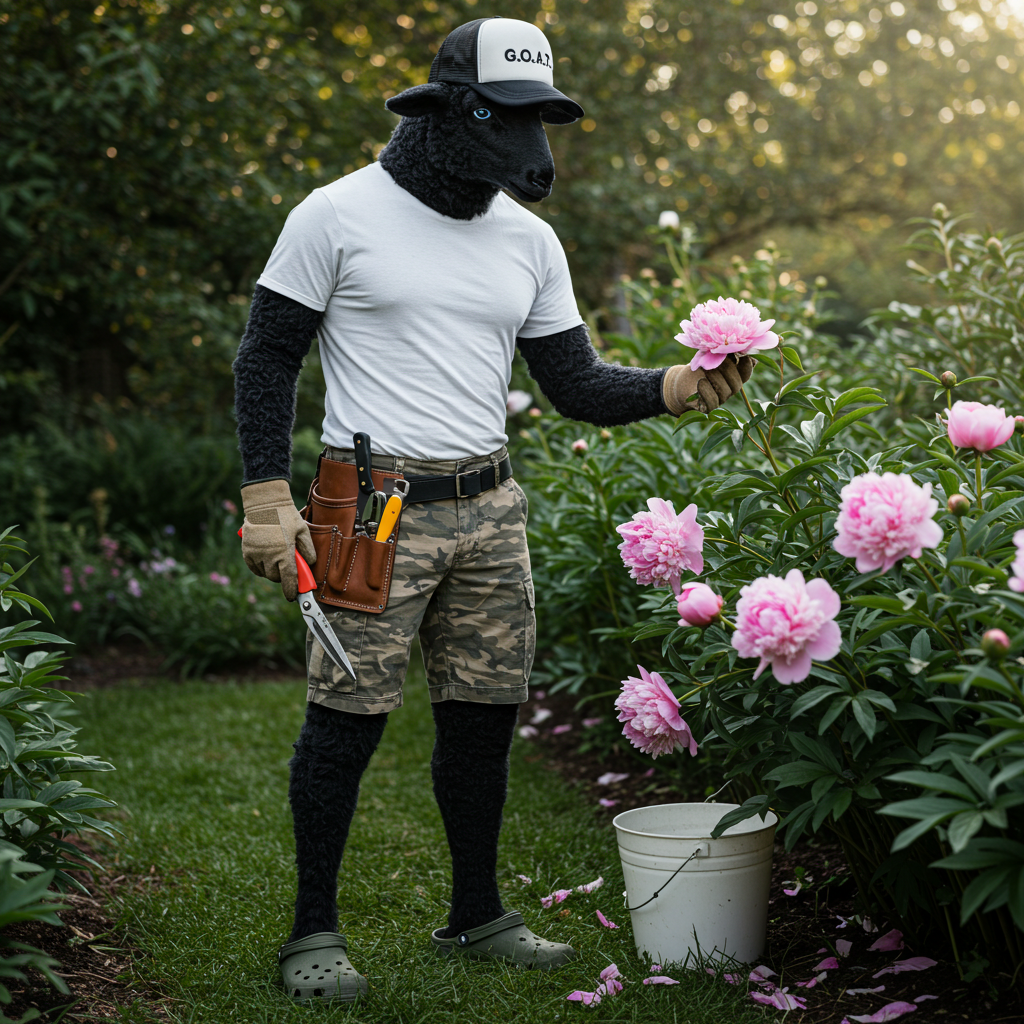When to Harvest Flowers for the Longest Vase Life

Picture this: you snip the perfect peony, pop it in a vase, step back to admire—and by evening, it’s doing its best impression of overcooked spaghetti.
We’ve all been there. Harvesting flowers is as much about timing as it is about beauty. If you want your garden-grown bouquets to last more than a single dinner party, it’s all in when (and how) you cut.
Good news: with just a bit of know-how, you can stretch your vase life from meh to magnifique.
🌸 The Golden Rule: Cut Early (but Not Too Early)
Most flowers last longest in a vase when cut just before they fully open—what florists call the “cracking bud” stage. They’re mature enough to bloom beautifully, but not so far along that they start dropping petals on your toast.
🌞 Best time of day to cut:
Early morning is ideal—plants are hydrated, cool, and not yet stressed by the sun.
🌜 Second best? Late evening, once the heat’s gone down.
🔥 Avoid midday cuts unless absolutely necessary—it’s the plant version of trying to do yoga in jeans at noon in July.
✂️ General Harvesting Tips (for All Blooms)
-
Use sharp, clean pruners or snips. Dull blades bruise stems and shorten vase life.
-
Cut at a 45-degree angle. This increases surface area for water uptake.
-
Remove leaves below the waterline. Rotting foliage = bacterial soup. No thanks.
-
Place directly into cool water. A clean bucket nearby is your best garden companion.
And remember: when in doubt, test one bloom and see how it holds up before harvesting the whole batch.
🌼 Specific Flower Timing Cheat Sheet
Here’s when to cut popular blooms for maximum vase time:
Peonies:
Cut in soft bud stage—when the bud feels like a marshmallow and shows colour.
💧 Tip: Store in the fridge dry-wrapped in newspaper for up to a week!
Tulips:
Harvest when colour shows and petals are just starting to open.
🌷 Keep in water with stems upright—they keep growing after cutting!
Daffodils:
Cut when just open—they release sap, so condition separately before mixing in arrangements.
🚫 Don’t mix fresh daffodils with others right away unless they’ve been in water for 12–24 hours.
Lilies:
Cut when the first bud starts to open. Remove pollen to avoid stains and extend life.
🌸 Bonus: Cutting encourages the plant to focus energy on remaining buds.
Sweet Peas:
Pick daily when blooms are just open to keep them coming.
💖 Like you’re inviting each one to a fancy tea party.
Zinnias & Dahlias:
Cut when fully open—they won’t continue blooming after harvest.
🌻 Give them the wiggle test: hold the stem near the bloom and shake gently. If it wobbles like a baby giraffe, it’s too young.
🫙 After the Snip: Vase Life Boosters
Want your blooms to really stick around? Try these post-cut tricks:
-
Use flower food (store-bought or DIY with a pinch of sugar + drop of bleach + lemon juice)
-
Re-cut stems every couple of days
-
Change water frequently—clean water = longer love
-
Keep arrangements cool and out of direct sunlight or ripening fruit (which releases ethylene gas and tells flowers, “Time to wilt!”)
🌼 Final Thoughts: It’s All in the Timing
Cut flowers are a fleeting kind of magic. But when you get the timing just right, they give back tenfold—colour, scent, movement, and that little thrill of bringing the outside in.
So this weekend, take your coffee into the garden, snips in hand, and harvest with intention. Whether it’s a single daffodil or a full bouquet of tulips, you're not just cutting flowers. You're gathering moments.

